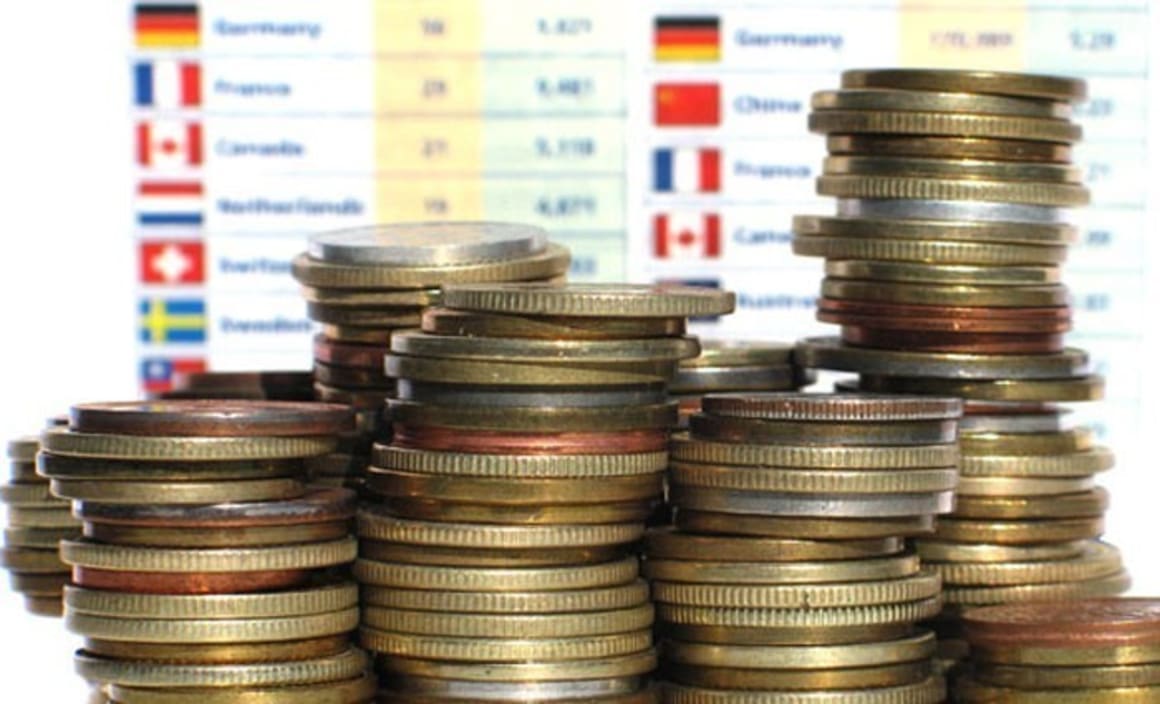Overseas buying of residential development sites in Asia Pacific doubled from 2007-16: Knight Frank

Cross-border buying of residential development sites in Asia-Pacific has been rising over the past decade.
When comparing 2016 to 2007, the number of such acquisitions from overseas investors more than doubled, with volumes hitting nearly more than US$42 billion last year, according to Knight Frank’s latest research.
Australia figures in the top five residential land investment destinations in Asia-Pacific from 2012 to 2016.
In the past decade, investors from Hong Kong and mainland China contributed 80.2 percent of the total money spent on acquiring overseas residential lands within Asia-Pacific, says the Asia Pacific Residential Review - May 2017 by Knight Frank.

On the surface, Hong Kong is the front-runner with 74.5 percent of the market share but in fact the most acquisitive companies have roots in the mainland.
Other notable players include Singapore (7.3 percent), United States (3.2 percent), Japan (2.4 percent), Malaysia (1.7 percent) and United Arab Emirates (1.1 percent).
From 2012 to 2016, the top five overseas residential land investment destinations in Asia-Pacific were ranked in the following order: China, Singapore, Australia, Singapore, Malaysia and Hong Kong.
Hong Kong and Australia saw investments into their countries increased by about nine times and 26 times respectively during this period, while Malaysia grew from practically zero foreign investment into residential development sites in 2012 to over US$1.4 billion in 2015. Meanwhile, the average investment into Singapore’s housing land from 2012 to 2015 was about US$1.6 billion but it declined to US$671 million in 2016.
“We also note that developers have been acquiring more expensive, less prime and smaller sites. On a CAGR basis, average quantum price and price per sq ft have grown gradually– increasing 4.7 percent per year from US$154 million to US$242 million and 15.9 percent per year from US$47 to US$208 per sq ft,” says the report.
For land size, the acquired sites now have much smaller land area – averaging 32 acres today compared to 65 acres 10 years ago. Likewise, the percentage of acquired sites that are in a CBD area has dropped tremendously – from about a fifth in 2007 to just 6.0 percent in 2016.
The growth in outbound activity by mainland Chinese developers has been one of the key trends over the past decade, with volumes going from practically zero in 2009 to more than US$2.5 billion in 2016.
From 2012 to 2016, their favourite destination was Australia (36.5 percent) along with other key markets include Hong Kong (23.7 percent), Malaysia (19.7 percent) and Singapore (15.4 percent). Among a flurry of cooling measures introduced in major Chinese cities along with the capital controls imposed earlier this year, we expect Chinese developers to put more money into Hong Kong and smaller Tier-3 Chinese cities this year. In the first quarter of 2017 alone, Chinese developers invested over US$5.1 billion in the region, with more than US$4.9 billion or 95 percent concentrated in Hong Kong.
In Q1 2017, we continue to see more cross-border investment activities in Asia-Pacific – with close to US$10 billion representing 15.2 percent of the total sales volume. In addition, this is also the highest Q1 figure ever recorded since at least 2007. Three of the top five deals transacted in Hong Kong and were all purchased by Chinese developers; the rest of the top ten deals were in mainland China.
As many residential markets mature over time, the hunt for the next high-yielding property development opportunities may happen in selected developing countries such as Cambodia, the Philippines and Indonesia. Investors and developers will find these locations attractive given the consistently high economic growth, huge young population, rapid urbanisation rate combined with the rising need for different housing types. Similarly, developers may also choose to invest in selected hot spots in mature economies such as Kyoto in Japan, suburbs near major cities in Australia and the city fringe in Singapore.

From 2012 to 2016, domestic developers and investors purchased 58.4 percent of residential development land in Australia, while the largest foreign developer group hailed from China (23.4 percent). Last year, Chinese developers and investors purchased $2.4 billion worth of residential development sites in Australia – a 9.4 percent increase from 2015. Boasting an economy record without recession for over 25 years, Australia has also seen a steady population growth partially fulfilled by a healthy immigration rate especially the high net worth individuals.
Read the full Asia-Pacific Residential Review Report May 2017 here.